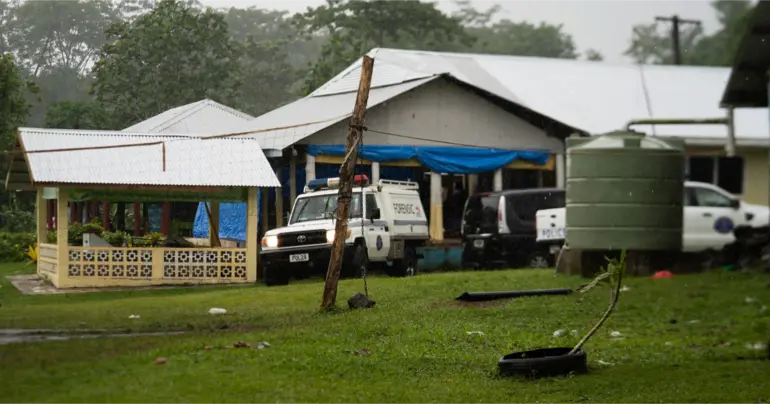Samoan National Park makes Global list
Samoa’s O le Pūpū Puē (O.L.P.P.) National Park has been officially added to the List of the Wetlands of International Importance under the Ramsar Convention on Wetlands.
O.L.P.P has become the 2313rd Ramsar Site globally, the 9th Ramsar Site in the Pacific Region, the government confirmed yesterday.
The inclusion follows the government’s endorsement on 2nd February 2016 and extensive field surveys, researches and literature review conducted by the Ministry of Natural Resources and Environment (M.N.R.E) as well as the tremendous contributions of its stakeholders.
The listing of this site demonstrates the government’s commitment to recognizing the international importance of these wetland features.
“This is considered as another milestone achieved by the Ministry through its conservation effort to ensure the conservation and wise use of wetland ecosystems in Samoa as a contribution towards achieving sustainable development throughout the world,” the M.N.R.E’s Chief Executive Officer, Ulu Bismarck Crawley, said in a statement.
“With the new designation of O.L.P.P National Park, Samoa now has two Ramsar Sites, with the total surface covering 5,489 hectares. These areas make a significant contribution to the local economies by supporting water supply and agriculture.”
The site extends from the highest points of Upolu Island down to the rugged Le Pūpū lava cliffs on the island’s south coast.
It is home to two montane herbaceous marshes as well as parts of Mataloa River and Vaalega River, all good representatives of such ecosystems in Samoa.
The Park includes large tracts of forest dominated by native plants, and is considered as the island’s best-preserved remaining tropical forest. It includes parts of the Togitogiga water catchment, the main water source for four (4) villages, and also boasts waterfalls that are a prime tourist attraction.
The O.L.P.P National Park is one of the eight terrestrial Key Biodiversity Areas (K.B.A) as well as an Important Bird Area (I.B.A) in Samoa.
Its diverse habitats support four of the eight globally threatened bird species of Samoa including the critically endangered tooth-billed pigeon (Didunculus strigirostris) and the endangered ma’o (Gymnomyza samoensis), whose populations have severely declined in recent years.
It is likely that the freshwater ecosystems in the Park support significant biodiversity.
Several management actions are being undertaken by the Ministry and its partners to address the vigorous spread of invasive plant species after the cyclones of 1990 and 1991 caused extensive damage to the lowland forests including the Carbon Offsets Project, a joint initiative by the Samoa Conservation Society (SCS) and the Ministry to support forest restoration and increase ecological resilience of the Park.
By listing O.L.P.P as a second Ramsar Site for Samoa, the government has signalled its long-term commitment to maintain the ecological character of the site and restore the vital ecosystem services it provided to the communities.











